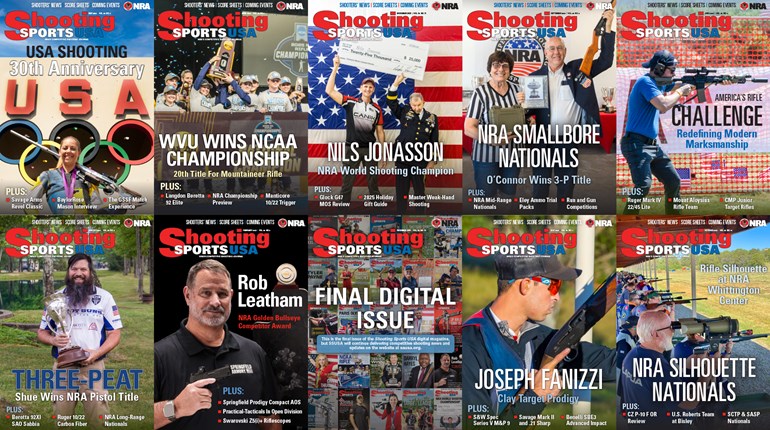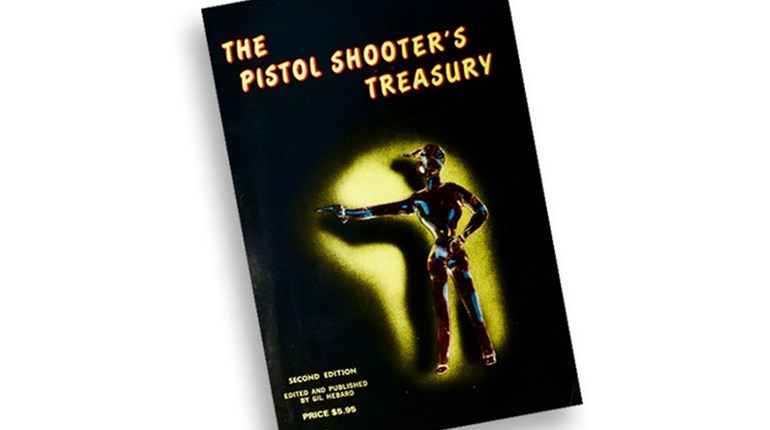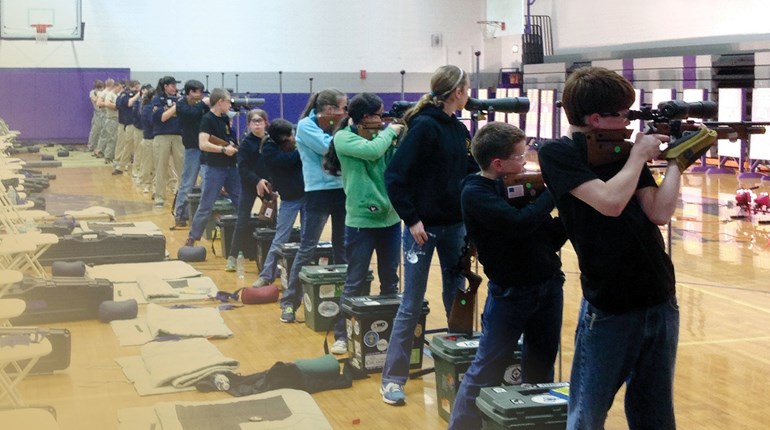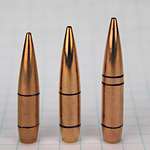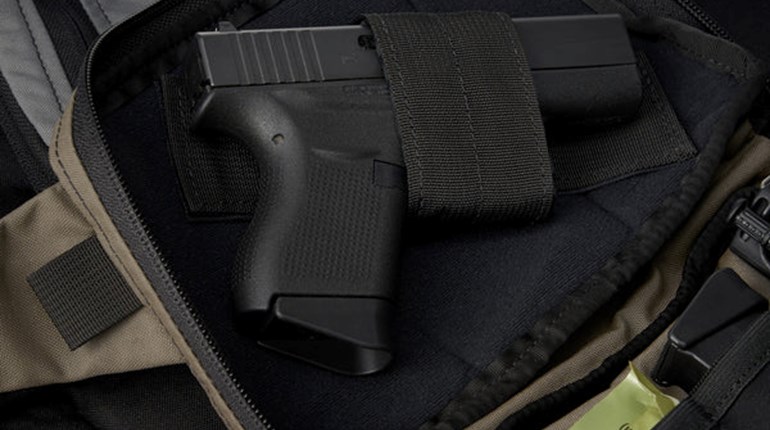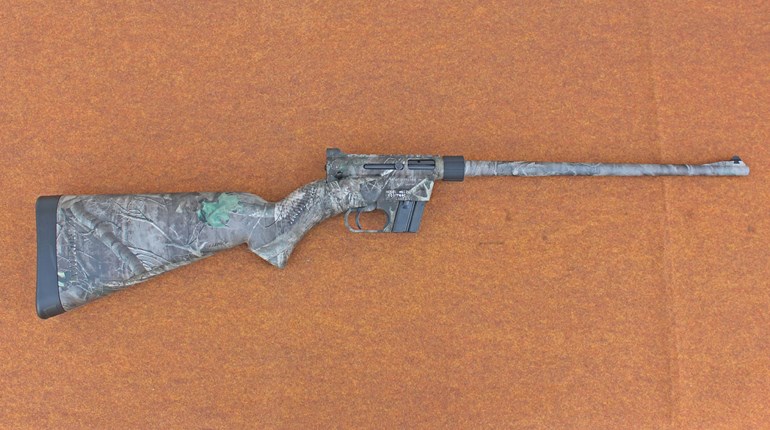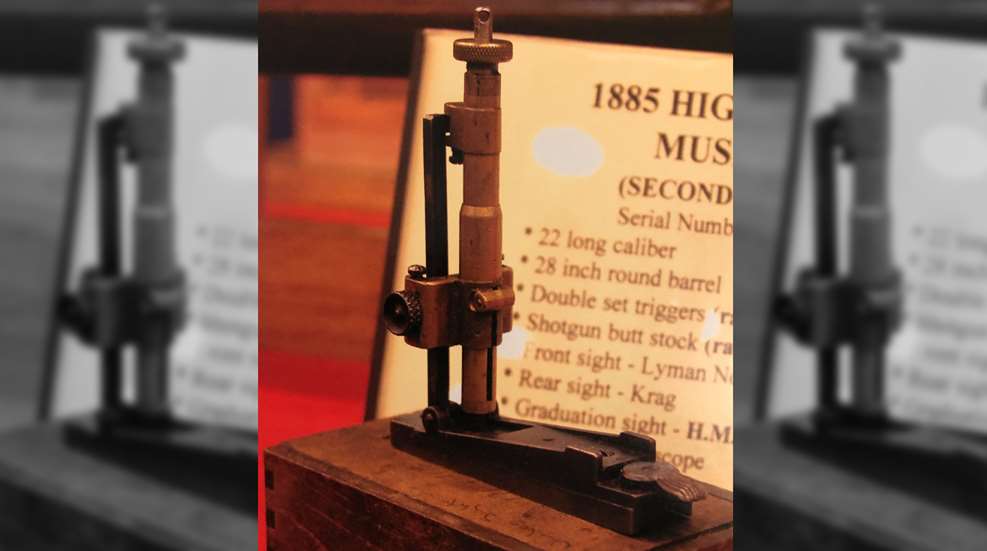
You could probably put a P.J. O'Hare sight micrometer in the middle of a table at one of today's gun shows and not one passer-by in a dozen would know what it was. And those who did would be either youngish collectors—who have seen pictures—or old fuds (really old fuds because the O'Hare micrometer went out to pasture with the M1903 Springfield)—who have used one. Time was, though, when everyone who took a Springfield to a rifle range had a sight micrometer—and nine out of 10 of them were O'Hare mikes. We are going to take a brief look at the sight mike that P.J. O'Hare sold as a sine qua non for high power rifle shooters and, while we are at it, some of the competition as well.
First, what is a sight micrometer? Well, our British friends call them sight adjusters and they are for rifles that have ladder-type rear sights, such as the early Lee-Metford and Lee-Enfield Mark I military rifles and our own Krag-Jorgensen (with the 1901 rear sight). They are used to make more precise elevation adjustments, particularly for long-range firing, than are possible using only the range scales marked on the sight. Most sight micrometers have a screw-adjustable plate that moves the sight eyepiece up (gravity moves it down) in combination with a numbered scale (a Vernier scale on British versions) that shows how much elevation has been added. Once the needed elevation has been set, the eyepiece is locked in place on the ladder (independent of the micrometer) and the micrometer is removed and set aside.
The earliest sight micrometers (adjusters) were, as noted, British. America got into the game when Thomas Conroy of New York began importing them for sale to American shooters who used them on their Krags. Conroy micrometers were of German silver. J.W. Hession and P.J. O'Hare also sold sight adjusters for the Krag, made, as were Conroy's, in England. Graduations on the British-made adjusters sold by Conroy and Hession were in minutes of angle. British-made micrometers, sold by O'Hare, are found with both minutes and Vernier scales.
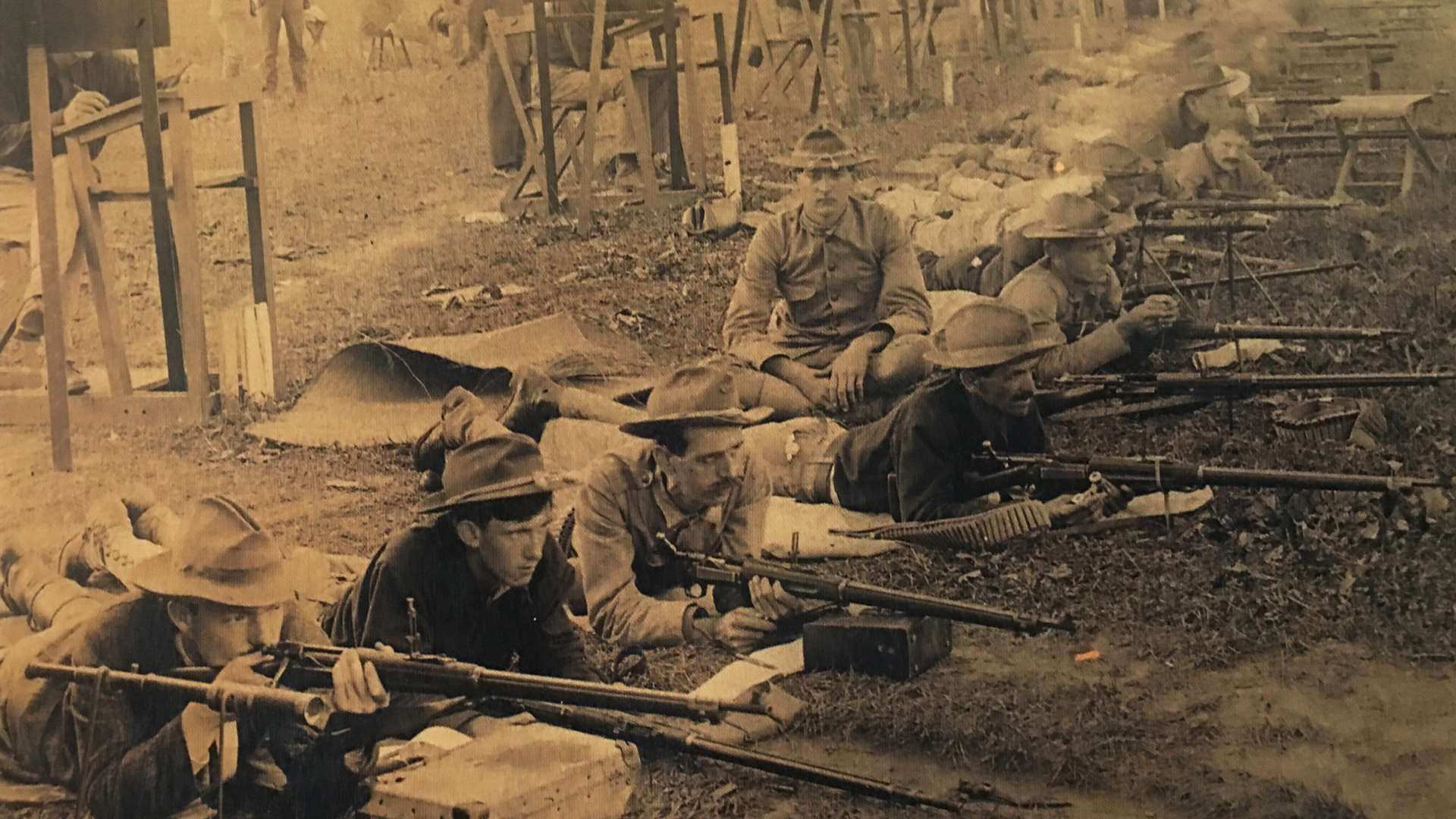
The first truly American sight micrometer—and its developer may actually have beater Conroy, Hession, et. al., to the punch—was made and sold by none other than Harry Pope. Pope seems to have developed his micrometer while getting established and set up in San Francisco (something he finished doing the night before the San Francisco earthquake destroyed everything he owned except the clothes on his back, a 4-inch steel rule and a micrometer caliper). Following the San Francisco disaster, Pope moved to Los Angeles, where he re-established his barrel-making business. His sight micrometers were made there, too, receiving an early mention in print in Arms and the Man for Aug. 23, 1906.
The Pope Micrometer was brass with a steel adjustment thread. The elevation tube was calibrated in five-minute increments from 0 to 120 minutes. Another scale, on the adjustment knob, allowed adjustments in minute increments. Adjustments were continuous. In addition to his micrometer, Pope made a "Skirmish Sight Setter"—a fixed-value gauge with varying elevation distances that fit between the Krag sight base and the elevator crossbar. Pope's micrometer sold for $3.50, the Skirmish Setter for $1. In a 1908 letter sent to customers to announce his relocation to Jersey City, N.J., Pope stated his intention to make micrometers for the "new Springfield" as well as for the Krag. It is unlikely that Pope ever made a micrometer for the Springfield. However, in his definitive work, The Springfield 1903 Rifles, the late Lt. Col. William S. Brophy illustrated a Pope Skirmish Sight Setter in place on the rear sight of a M1903 rifle.
P.J. O'Hare, meanwhile, was gearing up to sell the sight micrometer that made him legend. The O'Hare micrometer was not the only accessory that O'Hare sold. He also sold a useful set of front and rear sight covers, under his name, and a full line of other products for shooters.
What became known as "the O'Hare Micrometer," was developed by an instrument maker in Shillington, Pa., named William W. Miller, Sr. Miller was himself a rifleman—a member of the 1926 Dewar team—who shot on most of the Pennsylvania State rifle teams between 1918 and his death in 1932. In The Springfield 1903 Rifles, Brophy illustrates a sight micrometer that, though not marked "O'Hare," (it is not marked at all) bears a great resemblance to the O'Hare product. It may be one of Miller's early models. Miller sold his production to O'Hare who did the marketing and sales under his own name.
The O'Hare Micrometer was sturdy, accurate, repeatable and convenient to use. In short order it eclipsed all its competition. Shooters who purchased a Model 1903 rifle from the government's sales office at Camp Perry almost without exception moved down the Commercial Row to P.J. O'Hare's shop and spent $5 on a micrometer and $2 more for a set of sight covers (the 1935 retail price). Military teams bought them in great numbers, usually adding service or unit identification and a serial number to O'Hare's logo. After W.W. Miller died, O'Hare must have found another source from whom he could purchase supplies of his signature product. As it was, advertisement for the O'Hare micrometer took a sabbatical from late 1929 until the middle of 1936. Reading through the pages of American Rifleman of those years, one finds the last micrometer advertisement in the December 1929 edition. O'Hare continued to place advertisements in American Rifleman during the first half of the 1930s, but they featured other products, up to and including rifles. The micrometer returned to ad columns in American Rifleman for August 1936, just in time for the matches at Camp Perry.
It is also interesting to note that competition for the O'Hare micrometer did not begin to emerge until about 1930. And, there were at least five competitors. The Lyman Gun Sight Corp. sold a "micrometer" that looked and worked like the Pope Skirmish Sight Setter, but was adjustable. Advertisements appear in American Rifleman from early 1928 until about 1937. The price of the Lyman micrometer was $1.50.
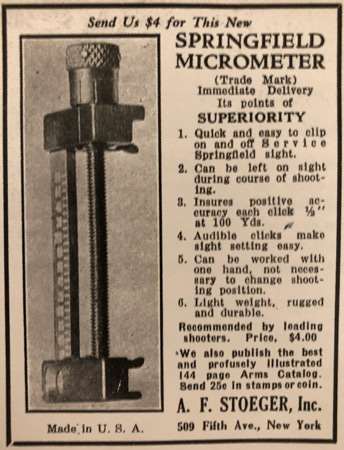
No less a giant than A.F. Stoeger, Inc. got into the micrometer business in 1932. Advertisements for Stoeger's micrometer, which sold for $4, first appeared in March and April, and the product was reviewed in the May issue of American Rifleman. Unlike the O'Hare mike, Stoeger's micrometer clipped to the sight ladder and to the elevation drift slide. It was graduated in major increments of 10 minutes of angle from 0 to 280 minutes. A graduated knob atop the mike gave five minutes of adjustment per complete turn, with "clicks" for each one-half minute. The Stoeger micrometer attached to the side of the ladder facing the shooter and its spring clips permitted firing with the instrument in place.
In October 1932, Will Carroll, of Los Angeles, Calif., sent Fred Ness, then the editor of The Dope Bag, a sample of a micrometer that he made and sold for $1.50. The Carroll micrometer sounds from Ness's description like a less-sophisticated variant of the O'Hare, but lacked the tactile "clicks" for adjustment, requiring instead that its user take changes from the graduations on the leaf. The Carroll micrometer was intended to remain on the sight while the rifle was being fired. As he had when reviewing the Stoeger mike, Ness pointed out that leaving the mike on the sight while firing violated the external modification rule for service rifle eligibility.
Westchester Trading Post, the Mt. Vernon, N.Y., supplier of shooting accessories, began advertising a sight micrometer in American Rifleman in 1935 (the issues for June, July and August). According to Brophy, Westchester proprietor Bill Trull had his micrometers—which resembled a British sight adjuster—made in the United States by L.S. Starrett in Athol, Mass. The Trull and Westchester micrometers sold for $5.
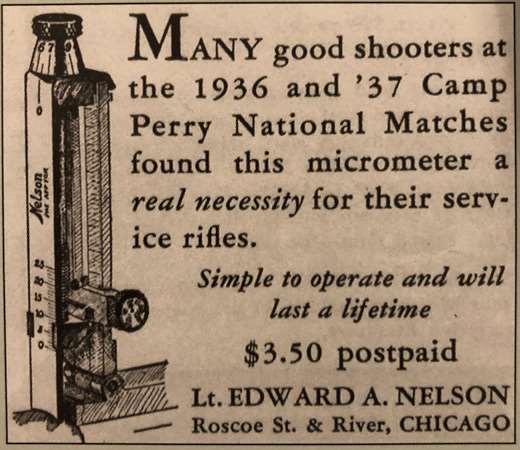
And finally, in 1936, Lt. Edward A. Nelson, A.C. Res., made and sold a "Micro Precision Rifle Sight Gauge" for either the Krag or the M1903. The two instruments were not interchangeable (the light ladder on the 1905 Springfield sight is longer than the ladder on the 1901 Krag sight), so the purchaser needed to specify which version was desired. One does wonder how many Krags were still in use by 1936—apparently it was enough for Nelson to see a market.
The year 1936 was also the year in which the death knell of the sight micrometer sounded—however faintly. In November 1935, the Assistant Secretary of War approved a self-loading military rifle—designed by John C. Garand—for procurement. The following January (1936), the Adjutant General of the U.S. Army approved the standardization of the U.S. Rifle, Cal. 30, M1.
Read more: Reading the Wind—Sometimes Simple is Best













